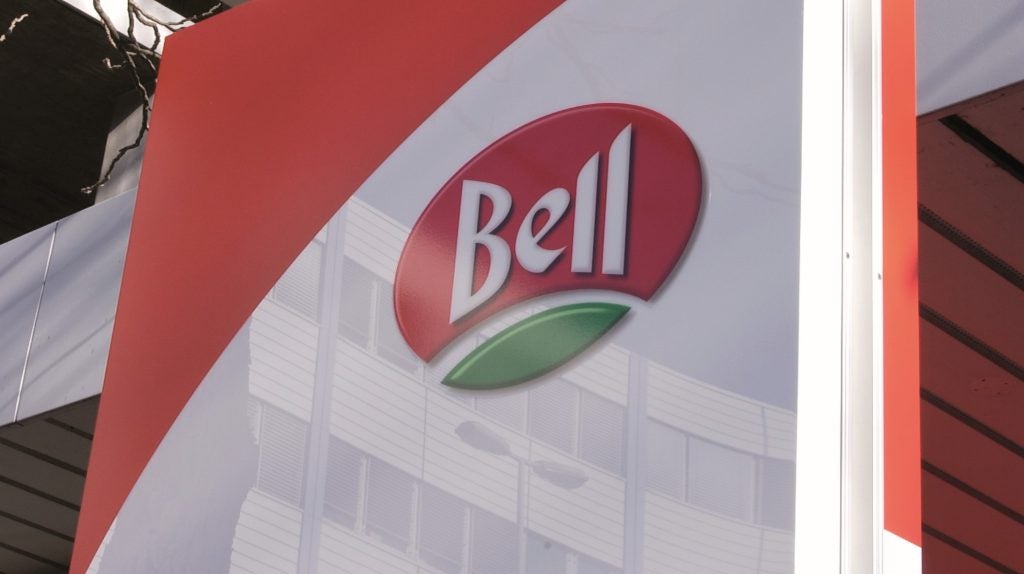REACH, the new EU policy to control the use of chemicals that has just come into force, does not apply directly to food manufacturers but will certainly have an impact on food companies operating in the EU. Keith Nuthall and Alan Osborn examine the implications of the new legislation for food producers.
Food manufacturers may not have to worry about complying with the EU’s new chemical control system REACH as far as additives, preservatives, colourings and flavourings are concerned, but they must ensure compliance with regard to packaging.
Following years of debate about its remit and provisions, the EU’s Registration, Evaluation, and Authorisation of Chemicals (REACH) system came into force on 1 June, marking the beginning of a series of deadlines, tests, assessments and registrations stretching from now until 2022.
Marta Bertran, manager of food policy at the Confederation of the Food and Drink Industries in the EU (CIAA), stresses that although REACH excludes food and feed products and food ingredients from the direct scope of the legislation, because these products are already covered by specific EU food laws, food manufacturers “like most industries…may be using products that fall under the scope of REACH – as downstream users of certain substances”.
As well as packaging, food companies might use cleaning products or laboratory materials containing substances controlled by the directive, and for which a registration with the new European Chemicals Agency in Helsinki will be required.
How well do you really know your competitors?
Access the most comprehensive Company Profiles on the market, powered by GlobalData. Save hours of research. Gain competitive edge.

Thank you!
Your download email will arrive shortly
Not ready to buy yet? Download a free sample
We are confident about the unique quality of our Company Profiles. However, we want you to make the most beneficial decision for your business, so we offer a free sample that you can download by submitting the below form
By GlobalDataCleaning products, or other chemical-based liquids, are called ‘preparations’ under REACH. If such preparations are bought from EU suppliers, EU food manufacturers will have to ensure the chemicals they contain have been registered by the supplier, if the food manufacturer uses one tonne or more of the substances in a given year. The food manufacturer will then have to ensure its use of preparations follows the declarations of that registration. If they are imported, however, food manufacturers will have to ensure every chemical in the preparation is registered, possibly requiring some detective work.
The provisions regarding packaging are also complicated, and will require some interpretation, not to mention some further clarification by the EU. “Although some packaging materials like plastic polymers are exempted from REACH, most others would be affected and their manufacturers would have to register them,” Bertran says. Unfortunately, the extent to which chemicals used in packaging and labelling will have to be registered is still unclear, with a European Commission working party trying to decide on some key interpretations.
The key issue is REACH’s rules regarding ‘articles’. Under REACH, an article is defined as “an object which during production is given a special shape, surface or design which determines its function to a greater degree than does its chemical composition”. Packaged foods would come under this banner definition. But precisely how food companies should interpret the definition remains unclear. Is an article a wrapped bar of chocolate, or the chocolate and the wrapper individually; a box of cornflakes, or the box and its cereal apart?
With REACH being such a complex piece of legislation, there will be some evolution of the precise terms and provisions – as well as further definition and clarification by EU officials – as the legislation proceeds through its various stages of development, and the various deadlines, tests and assessments are reached.
The conundrum interpreting the definition of an ‘article’ has serious implications, particularly as it affects the formula under which companies must decide whether they have to register a chemical that they are using with the chemicals agency.
Article manufacturers have to know what chemicals are in their packaging, and in what quantity. So clearly it is important for food manufacturers to keep a close eye on advice being issued by the chemicals agency. “What we are telling our members is to do a quick check of what products they are using that might be falling in the scope of REACH, and to make sure that the manufacturer of these products is registering and certifying the use,” Bertran adds.
In this regard, the key initial concern for food manufacturers is the so-called pre-registration process. This needs to be completed in most cases by 1 December, 2008, and involves the chemicals agency being given basic information about the chemical product used by the food manufacturer, which will later be registered in more detail by a food company or its supplier. Data to be handed over here include a definition of the substance, approximately how much is produced or imported, and some contact details. So, calculations about what chemicals fall under the REACH provisions must be done by that date.
Regarding full registration, the speed at which this work must be completed varies according to criteria such as toxicity. For existing substances deemed by the agency to be carcinogenic, mutagenic or toxic to reproduction, as well as substances produced or imported by an applicant in volumes exceeding 1,000 tonnes a year, the deadline is 1 December, 2010. For those produced or imported in volumes exceeding 100 tonnes annually, it is 1 June, 2013. And for smaller volume substances exceeding one tonne annually, it is 1 June, 2018.
For new substances, the rule is simple: if registration is required from now on, and no registration is made – sales or use in the EU of products containing those substances will be banned.
Useful links:-
http://ec.europa.eu/environment/chemicals/reach/reach_in_brief04_09_15.pdf
http://ec.europa.eu/environment/chemicals/reach/reach_intro.htm
http://eur-lex.europa.eu/JOHtml.do?uri=OJ:L:2006:396:SOM:EN:HTML





